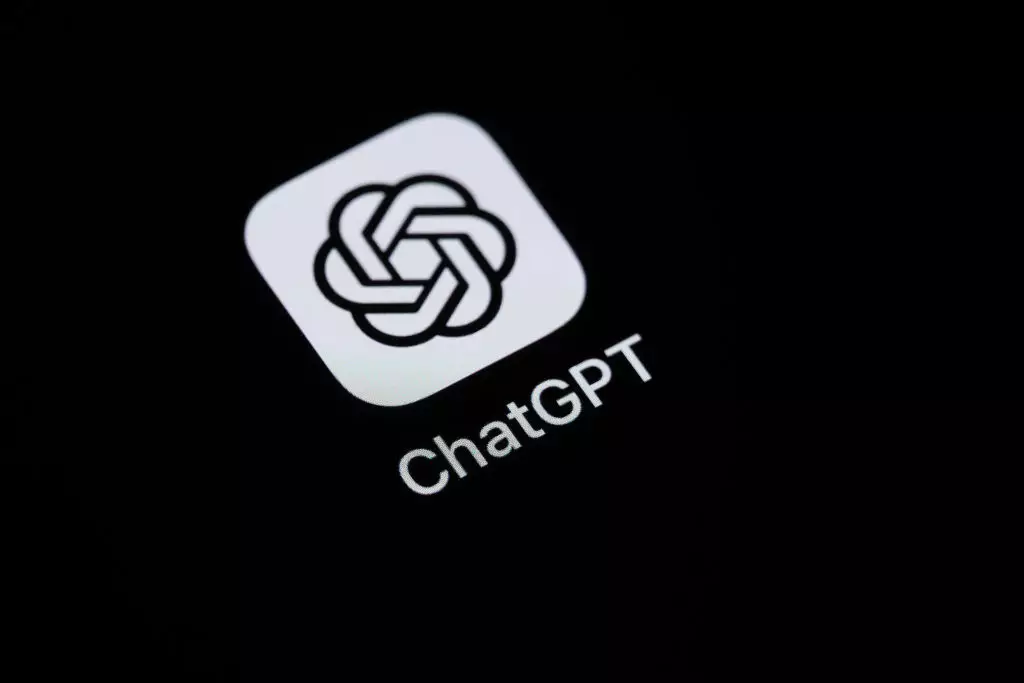In an exciting development for the realm of artificial intelligence, OpenAI’s CEO Sam Altman recently unveiled significant upgrades to ChatGPT, marking its first substantial enhancement in image-generation proficiency in over a year. The integration of the advanced GPT-4o model allows for a seamless interplay of text and visual content, giving users the power not just to create text-based outputs but also to design, modify, and refine images directly within the ChatGPT framework. This evolution elevates the user experience, catering to creators and professionals who increasingly seek AI assistance in content production.
Transforming the User Interaction with Images
Previously, while the groundwork for AI-generated images was laid by DALL-E 3, the shift to GPT-4o enables a more nuanced and detail-oriented approach. OpenAI claims that the new model processes queries with an expanded capacity for “thinking,” which results in more sophisticated image generation. This means that creators can expect images that not only align closely with their prompts but also exhibit a richer depth and accuracy. The ability for users to edit existing images, including intricate transformations or inpainting elements, represents a significant leap forward in interactivity and functionality.
Ethical Considerations and Artist Rights
OpenAI’s announcements haven’t come without scrutiny, particularly in relation to intellectual property rights and artistic integrity. With such powerful tools at hand, the conversation surrounding the ethical implications of AI-generated artwork is more pertinent than ever. Brad Lightcap, OpenAI’s COO, reassured stakeholders that mechanisms are in place to respect artists’ rights and prevent the unauthorized replication of their works. Creators can opt out of having their pieces included in training datasets, a crucial step in fostering a respectful relationship between AI technology and the creative community.
The Competition Heats Up
This rollout comes on the heels of Google’s foray into similar territory with Gemini 2.0 Flash, an equally ambitious attempt at image generation. However, the excitement generated by Google’s feature was tempered by reports of lapses in ethical constraints, providing users with the ability to manipulate copyrighted content effortlessly. As OpenAI unveils its improved offerings, it sets a high bar for responsible AI usage, demonstrating a commitment not just to innovation, but also to an ethical framework that other companies may need to adopt if they wish to keep pace.
A New Era for Creative Professionals
The implications of this upgrade are vast, spanning industries from marketing to entertainment. Creative professionals stand to gain significantly with these tools, as they enable the rapid generation of visual content which can bolster their projects. The potential for increased productivity and creativity cannot be understated, particularly for small businesses and individual creators navigating a competitive landscape. By harnessing the capabilities of GPT-4o for image generation, users can transcend traditional limitations, allowing their imaginations to flourish without the usual restraints.
OpenAI’s advancements in image generation signify not just a technical enhancement but a profound step forward in how we interact with AI technologies. As the industry evolves, it is essential to remain vigilant about the ethical dimensions of such innovations, ensuring that they uplift and empower creators rather than undermine their rights.

